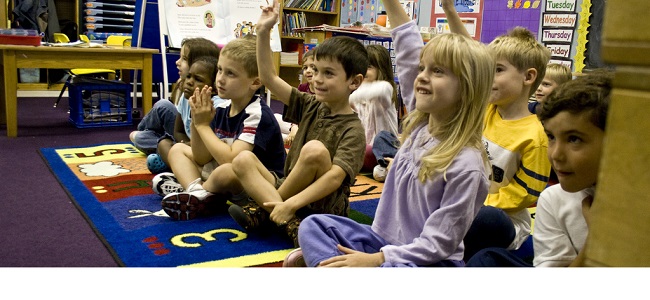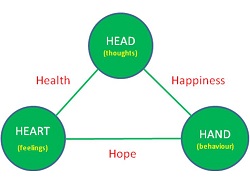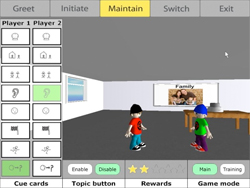“School is a scary place when you hate yourself. I spend each day so fearful and anxious that there isn’t the faintest possibility of me concentrating in class…. so I do worse… which makes me hate myself more and fear my lessons more.” Naomi, 13
“I stopped going to swimming club because I hate how everyone looks at my fat arms and short legs. I would always feel sick before club, so now I don’t go.” Sean, 10
Children in school grow emotionally, as well as physically and intellectually. A child’s ability to understand his or her own individual emotional growth is formally known as Social Emotional Learning (SEL). The Collaborative for Academic, Social, and Emotional Learning (CASEL) defines this competency as “the process through which children and adults acquire and effectively apply the knowledge, attitudes and skills necessary to understand and manage emotions, set and achieve positive goals, feel and show empathy for others, establish and maintain positive relationships, and make responsible decisions.”
Sometimes, no matter how hard you try to engage students with an interesting lesson, their minds still wander. San Diegan teacher Kriscia Cabral considers laughter to be an important part of any school day, and a vital element in keeping pupils present.

The great E.E. Cummings once said, “The most wasted of days is one without laughter.” Laughter in and out of the classroom is sunshine to our souls. It is a powerful tool and can be ignited when shared with your students. How can you empower students with laughter? Give them the opportunity to laugh out loud!
Given that pupils have to learn a huge amount, it can be easy to forget about their emotional wellbeing. The Human Values Foundation’s Rosemary Dewan discusses the importance of this matter.

What subject is dynamic, cross-curricular, student-centric and stimulates children and young people? This is a subject constantly arousing their curiosity, thereby enabling teachers to capitalise on pupils’ eagerness to learn, and affording plenty of practical opportunities for schools to work collaboratively with parents, carers and professionals who are involved in guiding and mentoring children. The answer is values education.
House of Cards, Game of Thrones, Mad Men, Boardwalk Empire, True Detective… For adults, there are a huge amount of must-see television programmes available at the moment, and it’s getting much easier to miss giving yourself some time to read. For younger viewers, the same problem applies, with a bevy of kids-programming channels (not to mention Netflix) easily accessible. Recent research has shown that reading is on the decline, and Elliot Simmonds can’t stress enough how important reading is for growing minds.

Last week, new research was published by Booktrust (and later featured by the Guardian and the BBC among others) which suggests that Britain is a nation divided on reading habits. At this point, in the interest of full-disclosure, I should say that I am a voracious reader. I read anything, and I read a lot – despite recently being asked if I was a ’14 year old girl’ because I’m halfway through The Hunger Games.
For this reason, I found it quite distressing that almost half the nation would prefer to watch television than read a book and that even more (56%) said that the internet and computers will replace books within two decades. Reading is exercise for the brain; utilising memory, imagination and generally increasing vocabulary and improving the way in which people express themselves. Reading books is a great way to step away from work and school, which involves an increasing amount of time spent looking at screens for many of us.

The visions of our highest-achieving schools today are not only concerned with academic attainment but also promoting an integrated, whole-person approach to their pupils’ development, particularly in emotional and social skills.
Going to school is a journey of discovery about oneself, other people and the world we inhabit. As children mature, they take more and more responsibility for reaching their potential. To help them progress, they need:

The main emphasis of the COSPATIAL project is finding ways to adapt existing classroom technologies to engage children with autism in learning social skills. The project is being led by Dr Sarah Parsons of the University of Southampton and Dr Sue Cobb of the University of Nottingham. Thanks go to Dr Sarah Parsons for talking us through the project and, although we did not get to see the project in action, it was clear to see how the technology would be used with Autistic Spectrum Condition (ASC) students.
The COSPATIAL project focuses on two types of technologies:
In this post I am going to concentrate on the Collaborative Virtual Environments. These allow multiple users to interact and communicate within a shared virtual space. They do this by accessing the space on individual laptops that are in the same room. There are 3 different programs that the students can use, each working on different elements of social interaction from communication to working together to complete a task.

A community-driven platform for showcasing the latest innovations and voices in schools
Pioneer House
North Road
Ellesmere Port
CH65 1AD
United Kingdom